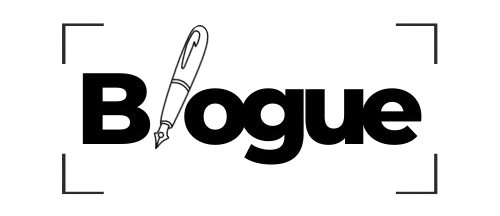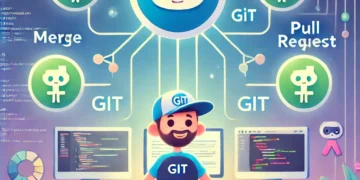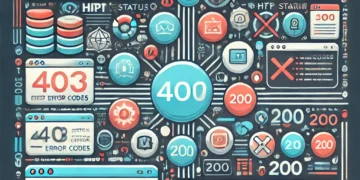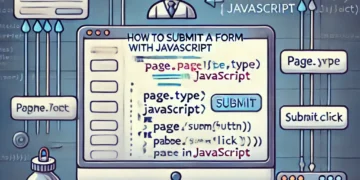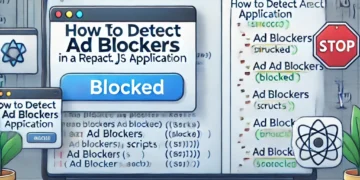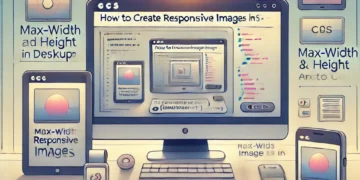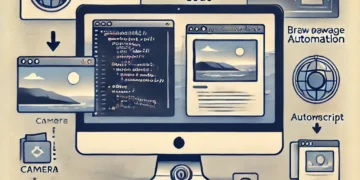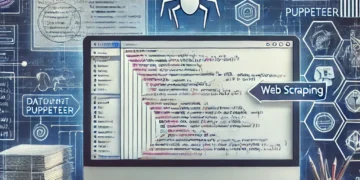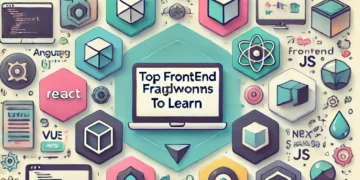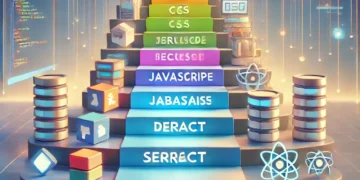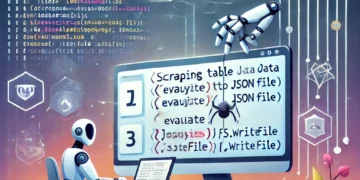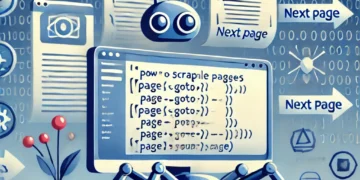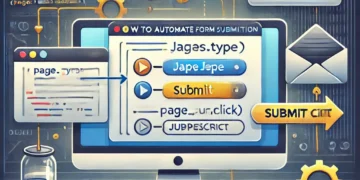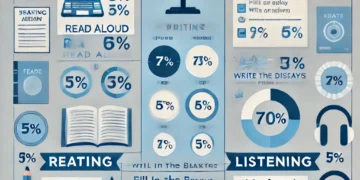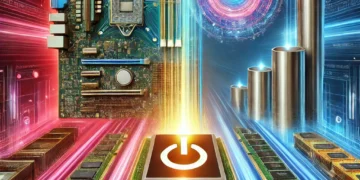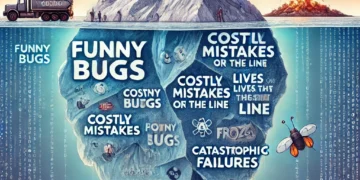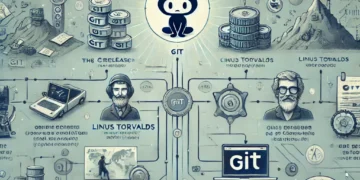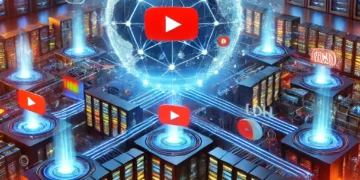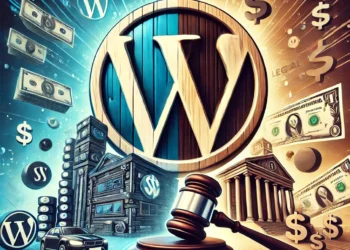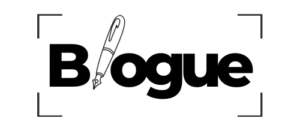A full-stack development professional is the one who is having sound technical knowledge of each and every aspect of development — front end, back end, various operating systems among other details of the technology. These people are usually termed as “developer generalists”. The significant thing to be noted here is that full-stack developers should not be confused with senior developers.
In nutshell, this stack of developers can create any complex application from scratch, provided they would have understood how each technical layer should interact with the other.
Why Full Stack Development?
1. Creation of unique code:
The developer or the agency would be able to create a unique code for multiple technologies; as they could work with various kinds of software tools that are complex as well as simple. This would give an extra edge to the company or organization opting for full-stack development.
2. Multiple technologies for wonderful user experience:
A full-stack development professional would be proficient in innumerous programs like JS, HTML, PHP, CSS, etc. among many others. H/she would be proficient to work with all these programs and incorporate well into the site design. It would be an ad-on to the capabilities of the full-stack developer if h/she knows how to work with animation and graphics. Some professionals would also be able to convert complex Photoshop designs to front end code. This will reduce the dependency of the organization on various technical professionals, thereby, enhancing their business efficiency.
What are basic requirements to be a full stack developer?
- To write front end code in HTML, CSS, Javascript
- To create and use APIs
- To write backend code in Ruby, Python/ Java, PHP
- To know about working with infrastructure including hardware and OS
- Solve and understand queries related to databases
- Manage Project and coordinate with the Client
1.Front End Development
The artist in a Full Stack Web Developer is fully unleashed for Front End Development as it deals with the application parts that the users can see and interact with. The main technologies required for Front End development are HTML5, CSS3, and JavaScript. And that’s not all! Extra knowledge of third-party libraries like jQuery, Angular, and ReactJs, etc. is also extremely helpful.
2. Back End Development
While front-end is the part of the application the user sees, the back end is often the mystical part that remains unseen. It handles the database operations, user authentication and application logic (Yeah, all the complicated things!). There are multiple languages that are used in Back End Development such as Java, Python, PHP, Ruby, NodeJs, etc. While every developer claims that their favorite language is the best, all of these languages have a market demand for suitable projects.
3. Databases
How can application be managed without data? Well, nothing at all!
And that’s why a database is the most important part of any application as it is required to store and access the data. So a Full Stack Web Developer needs to know the divide between Relational and NoSQL databases to understand the situations in which each would be useful. They should also be familiar with databases of each type such as MySQL, MongoDB, etc. In addition to all this, knowledge of caching options such as Redis, Memcached, and Varnish would only be a plus!
4. Version Control System
There are multiple versions of an application. Now, what if a particular version needs to be recalled? That’s where the Version Control System comes in. It’s basically a system that records the changes made to the application files over time so that specific versions can be recalled later if required.
Git, in particular, is a Version Control System System that can be used to obtain the latest code, update parts of the code, and change other people’s code as well without creating a major mess of things!!!
What are the Different Software Stacks?
A stack is a collection of various programs that are used together to obtain the required result. It includes an operating system and its application.
The choice of a stack for a Full Stack Web Developer depends entirely on the individual career goals, current project, company requirement, etc. However, some of the most famous stacks are given below for reference.
1. LAMP stack
The LAMP stack is a very famous(and illuminating!) stack that is the foundation of Linux hosted websites. It has four major components that are given as follows:
Linux: An open-source operating system that is the foundation for the stack model.
Apache: A web server software that translates from web browsers to the required website.
MySQL:An open-source database that can be queried by the scripting language to construct a website.
PHP: A Server-side open-source scripting language
2. MEAN stack
The MEAN stack is a stack that is founded on JavaScript-based technologies. Although it has quite a rude name, it’s actually quite in-demand because of its fast, robust and maintainable production web applications. It has four major components that are given as follows:
MongoDB: A NoSQL Database that stores data in binary JSON format.
Express: A web program framework that is easy to use, light and portable.
Angular.js: A robust framework that is used for developing HTML5 and JavaScript- web programs.
Node.js: a server-side JavaScript execution environment.
3. MERN stack
The MERN stack is also founded on JavaScript-based technologies like MEAN stack(although it’s not so mean!). It has four major components that are given as follows:
MongoDB: A NoSQL Database that stores data in binary JSON format.
Express: A web program framework that is easy to use, light and portable.
React: A javascript library that is used for building user interfaces.
Node.js: a server-side JavaScript execution environment.
Summary
- A full-stack web developer is a technology expert who can work on both in the front end & back-end of any application
- A Full-stack developer helps you to keep every part of the system running smoothly
- Skill sets required to become a Full Stack Developer is Front-end technology, Development Languages, Database, Basic design ability, Server, Working with API and version control systems
- Sofware stack is a collection of the programs which are used together to produce a specific result
- LAMP stands for Linux, Apache, MYSQL, and PHP
- MERN is full form of MongoDB, Express, React, Node.js
- MEAN stand for MongoDB, Express, Angular.js, and Node.js
- Full-stack developer translates user requirements into the overall architecture and implementation of new systems
- FULL STACK DEVELOPER can earn up to $112000 per year
- The biggest myth about Full-stack developers is that they are writing all types of code themselves which is not true
